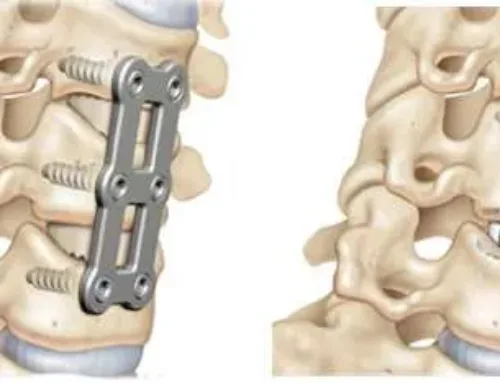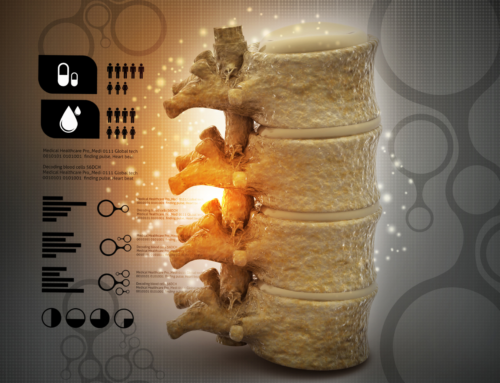Radiofrequency ablation is a minimally invasive procedure that uses radiofrequency energy to destroy small sensory nerves that send pain signals to the brain. The procedure blocks the communication between the nerve and the brain, and the patient’s pain is alleviated or reduced. This treatment can provide patients suffering with chronic pain long-term relief or post-accident joint pain.
Why Is Radiofrequency Ablation Used?
This outpatient procedure is commonly used for patients who have not found pain relief from other types of conservative management, whether it be medication, injections or physical manipulation. If a patient has successful pain relief after a diagnostic nerve block injection, they are considered quality candidates for radiofrequency ablation.
This type of treatment is used to treat chronic pain caused by arthritis of the spine, sacroilliac joint dysfunction, neck pain, and peripheral nerve pain. The use of radiofrequency ablation means patients can often times avoid surgery and find immediate pain relief with little recovery time. Patients are able to get back to doing the things that they love much quicker. Patients who undergo radiofrequency ablation typically have relief from their pain for 6-9 months or longer.
How to Prepare for Treatments
Before undergoing the procedure, your doctor will want to review your medical history and any prior imaging studies to determine the effectiveness of a radiofrequency ablation. This will also help your physician plan for the procedure and focus on the location of the painful nerve.
There are a few guidelines to consider before your procedure:
- If you take aspirin or blood thinning medications, your doctor may suggest that you stop taking it a few days prior to the procedure. Check with your doctor regarding any medications you take regularly.
- Do not eat within 6 hours of your procedure. Clear liquids may be okay, but always check with your physician for specifics regarding food and drink.
- Be sure to have someone to drive you after your procedure. Because of the low-dose of sedative received during the procedure, it is advised that patients do not drive for 24-hours after the treatment.
How is the Procedure Performed?
Radiofrequency ablation is performed by a specialist in an ambulatory surgery center. X-Ray imaging is used to help guide the needle to the most precise position for the ablation.
After being positioned on the examination table, you may be connected to monitors that track your heart rate and blood pressure during the procedure. A low-dose sedative may also be given prior to the procedure.
Your doctor will use a fluoroscope (X-ray) to direct a small, hollow needle into the affected area. The fluoroscope allows the doctor to see exactly where the needle is being positioned on a real-time monitor. Once the needle is in the proper location, numbing medication is administered, followed by a radiofrequency current. This creates a small burn that destroys the part of the nerve that transmits pain to the brain. By destroying the sensory part of the nerve, the signal is disrupted.
Life After Treatments
It’s pretty simple: patients have relief from their chronic pain after receiving treatments. In fact, radiofrequency ablation is 70-80% effective. Relief can last anywhere from 9 months to 2 years, depending on age, other conditions, and the patient’s overall health. It is possible for the destroyed nerve to regrow.
Directly after treatments, patients may be a bit sore at the injection site, but within a day or two, they will start to find relief and be able to enjoy their lives again – with little-to-no pain.
Are There Risks Involved with Radiofrequency Ablation?
Radiofrequency ablation is a very safe procedure with minimal risk involved. Serious complications such as infection and bleeding at the injection site are extremely uncommon. However, studies have shown that temporary, minor complications include (but are not limited to): temporary nerve pain, localized numbness and tingling, and swelling or bruising at the injection site.
To learn more about this type of therapy and how it can help your back or neck pain, contact the team at First State Spine today by filling out the form below.






